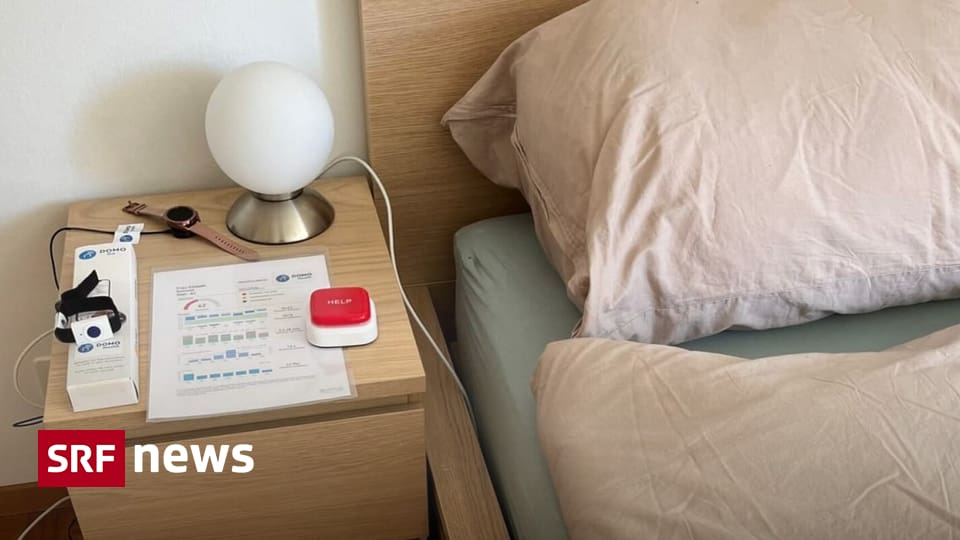
Carrot, Pea & Co.
Which vegetables should you freeze and which should not?
Frozen vegetables have many benefits. But when do you use frozen food when cooking, and when do you use fresh? Here is the answer based on the most common types of vegetables.
Published
When is it best to use frozen and fresh vegetables? We tell you.
Good pictures
For a long time, frozen foods had a bad reputation, but we now know that frozen vegetables in particular are often even more so. Nutrition Unprocessed vegetables that have been on supermarket shelves or in kitchens for a few days. Shock freezing preserves maximum ripeness of fruits and vegetables and thus their nutritional properties.
Even deep-frozen vegetables and herbs can easily be mixed into meals—but beware: Not all vegetables should be frozen – But when and how do you best use which form?
Peas: Best frozen
Since peas contain a lot of starch and harden quickly when fresh, it’s best to use them frozen whenever possible.
Peas, broccoli, corn and spinach can be found in the freezer section of every supermarket.
Good pictures
Since they are blanched before freezing, you can thaw them overnight in the refrigerator before using them. If you want to add them to a hot dish, it’s best to do this at the end of the cooking process – this way they will be hot, but not soft.
Spinach: Frozen for smoothies, raw for sandwiches
Spinach is one of the vegetables that most people keep in their freezer at home. As with many frozen vegetables, you should add frozen spinach to a nearby ready-to-eat meal because it has already been cooked during processing.
The advantage when frozen: You can see exactly how much you need. Raw, fresh leafy lettuce, on the other hand, shrinks by about one-fifth when cooked. The downside to frozen spinach is that you can’t judge it until you’ve already bought and opened the package. We hope you are happy with the taste and texture, which may vary slightly by product. Perfect for your frozen spinach smoothies, creamed spinach or the perfect omelet.
Carrots: frozen for cooking, raw for snacking
With root vegetables like carrots, you don’t have to be careful about eating them before they go bad—they have a long shelf life. One reason to buy carrots is to enjoy them while they are fresh.
Homemade carrot cake is a treat with frozen carrots.
Getty Images/iStockPhoto
A bit boring without a mandolin or other kitchen utensil: (Vegetable) Chop small carrot cubes for Bolognese. Here you can go for the deep-frozen, pre-chopped version.
Frozen carrots will disintegrate during cooking just like fresh ones. Carrot cakes also work wonderfully with deep-frozen carrots. If a recipe calls for raw carrots, use those, too. The raw, fresh version is the perfect choice for aperitifs or a general snack.
Benefits of Frozen Vegetables
-
The price is less.
-
You don’t have to use it quickly before it goes bad.
-
You can freeze it or buy it in portion sizes you need.
Pumpkin: Raw if you have the time and inclination
Pumpkin is perfect for soups and stews. Whether you use frozen or fresh pumpkin is a question of taste and timing. While fresh winter squash is available year-round and can last a long time in your kitchen (even up to three months), peeling and slicing a fresh squash is tedious and takes time and energy.
Pumpkin soup is a fall and winter classic. Frozen squash works well for this.
Bexels / Karolina Grabowska
If you want your pumpkin soup or stew to have a smooth texture anyway, you can choose frozen with a clear conscience. The only thing that doesn’t work with the frozen version is roasting: the extra moisture prevents your pumpkin from caramelizing and getting crispy-brown edges. In a bowl, a salad or any other side dish, you should definitely use fresh pumpkin.
What vegetables do you use frozen? And what’s always new?

“Wannabe pop culture fanatic. Zombie advocate. Entrepreneur. Internet evangelist. Alcohol fanatic. Typical travel buff.”





More Stories
Choosing the Right Quality Management Software for Your Industry
If guests bring items: Can shower gel be packed from the hotel?
Digital Technologies for the Elderly: Increasing Aging at Home – News